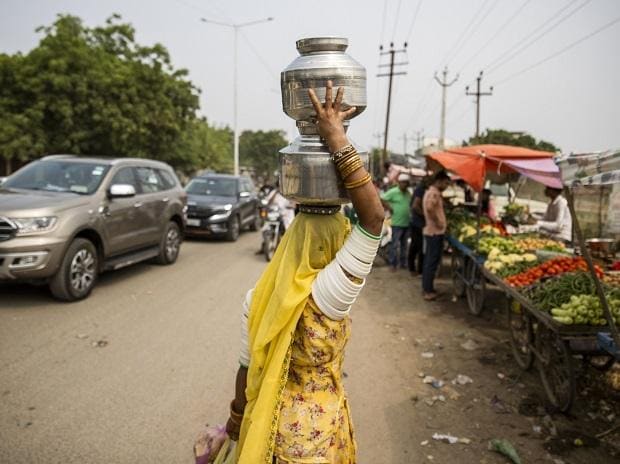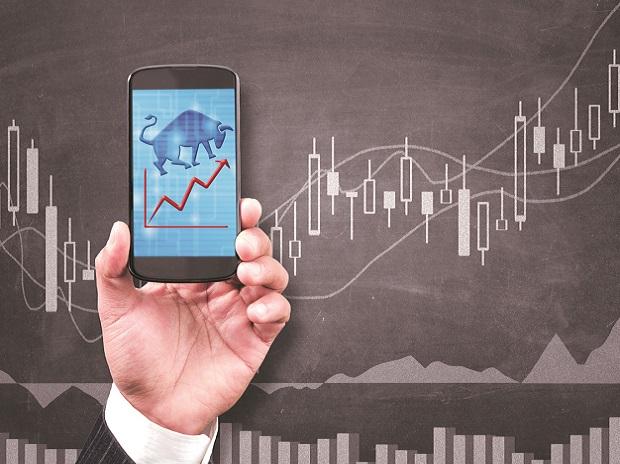Inequalities based on caste, gender, geographical location, and class abound in India. They are now also becoming increasingly visible in the digital space, according to a new Oxfam India report.
While 61 per cent of men owned mobile phones in 2021, their access remained limited to just 31 per cent women, said the report titled “India Inequality Report 2022: Digital Divide”.
According to the report, the reach of digital technologies remains largely limited to male, urban, upper-caste, and upper-class individuals. While 8 per cent of the general caste have access to a computer or a laptop, less than 1 per cent of the Scheduled Tribes (ST) and 2 per cent of the Scheduled Castes (SC) afford it.
The report revealed a digital divide based on employment status, where 95 per cent of the salaried permanent workers have a phone whereas only 50 per cent of the unemployed (willing and looking for a job) have a phone in 2021.
Contrary to popular belief, the use of computer devices has decreased in rural areas, the report pointed out. While 3 per cent of the rural population used to own a computer before the pandemic, the number slipped to just 1 per cent post-Covid.
The use of digital technologies in delivering essential services such as education and health is also reflecting the country’s digital divide and its consequences.
The NGO’s rapid assessment survey in five states during the lockdown in September 2020 showed that 82 per cent of parents faced challenges in supporting their children’s access digital education, with signal and internet speed becoming the biggest issues in private schools. In government schools, 80 per cent of parents reported that education was not delivered during the lockdown.
Eighty-four per cent of government school teachers also struggled with delivery through digital mediums due to a lack of devices and the internet.
“Digital technologies were supposed to make public services and schemes more accessible. But the report shows this isn’t happening. It highlights how digital technologies are accessible to the rich and privileged. It highlights that a person with a postgraduate degree or a PhD is 60 per cent more likely to have a phone than a person with no education,” said Amitabh Behar, CEO of Oxfam India.
“India’s growing inequality is accentuated due to the digital divide. People without devices and the internet get further marginalised due to difficulties in accessing education, health, and public services. This vicious cycle of inequality needs to stop,” added Behar.
The NGO urged the Union and state governments to ensure universal access to internet connectivity by investing in digital infrastructure to not only make the internet affordable but also push for greater accessibility to smartphones.
The report analysed primary data from the Centre for Monitoring Indian Economy’s household survey from January 2018 to December 2021 and also used secondary analysis from the National Sample Survey.
Note:- (Not all news on the site expresses the point of view of the site, but we transmit this news automatically and translate it through programmatic technology on the site and not from a human editor. The content is auto-generated from a syndicated feed.))




Heya i’m for the first time here. I found this board and I find It truly useful & it helped me out a lot.
I hope to give something back and help others like you
helped me.
You actually make it seem so easy with your presentation but I find this matter to be actually something which I think I would never
understand. It seems too complex and extremely broad for me.
I’m looking forward for your next post, I will try to get the hang of it!
Hey there! I’m at work browsing your blog from my new apple
iphone! Just wanted to say I love reading through your blog and look forward to all your posts!
Carry on the fantastic work!